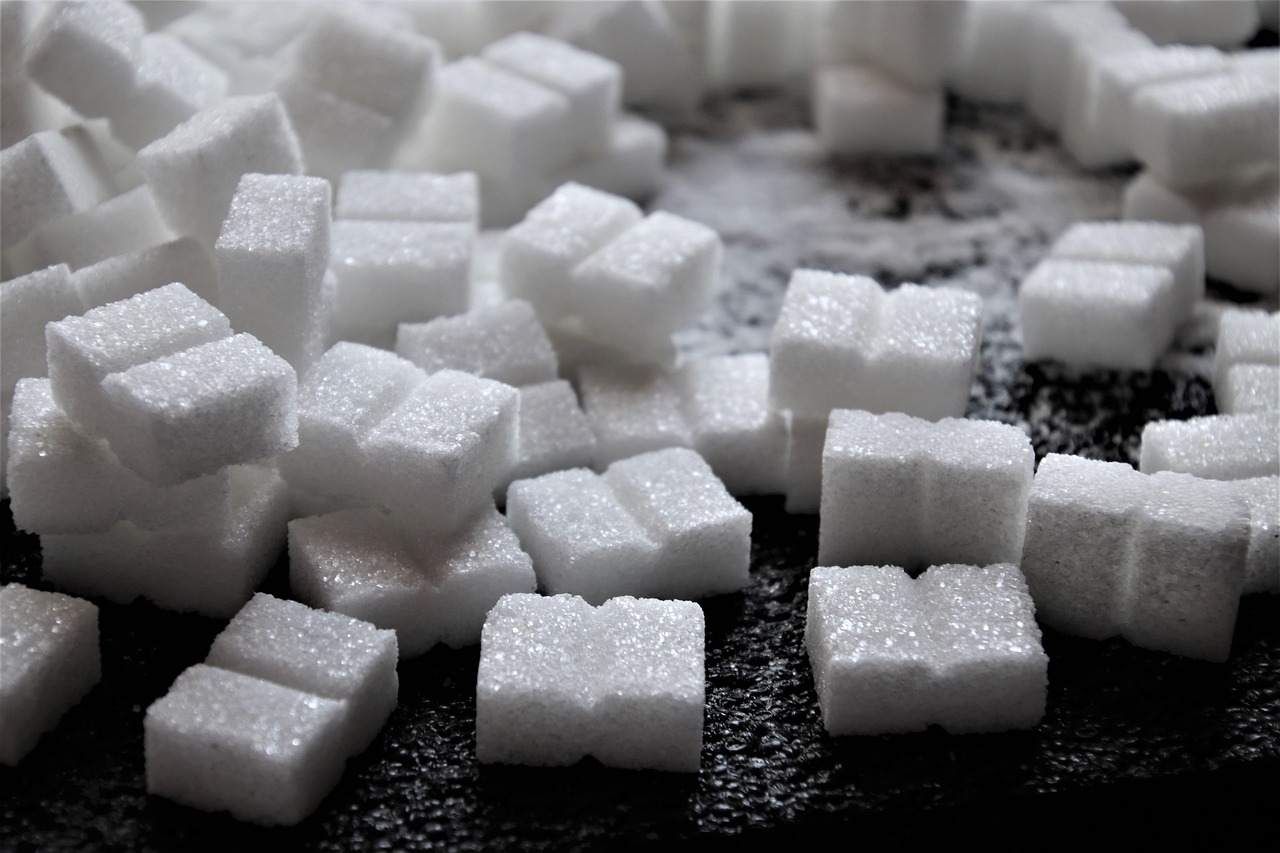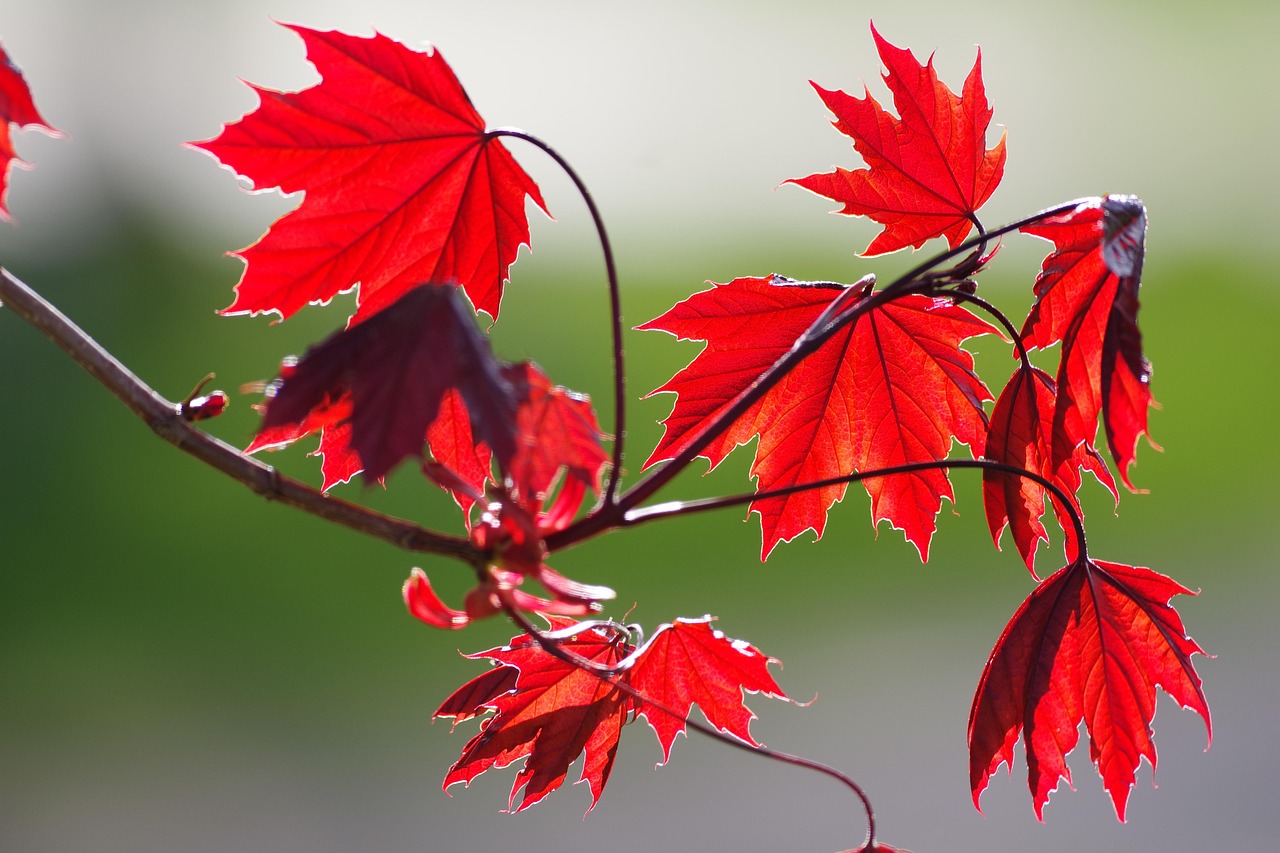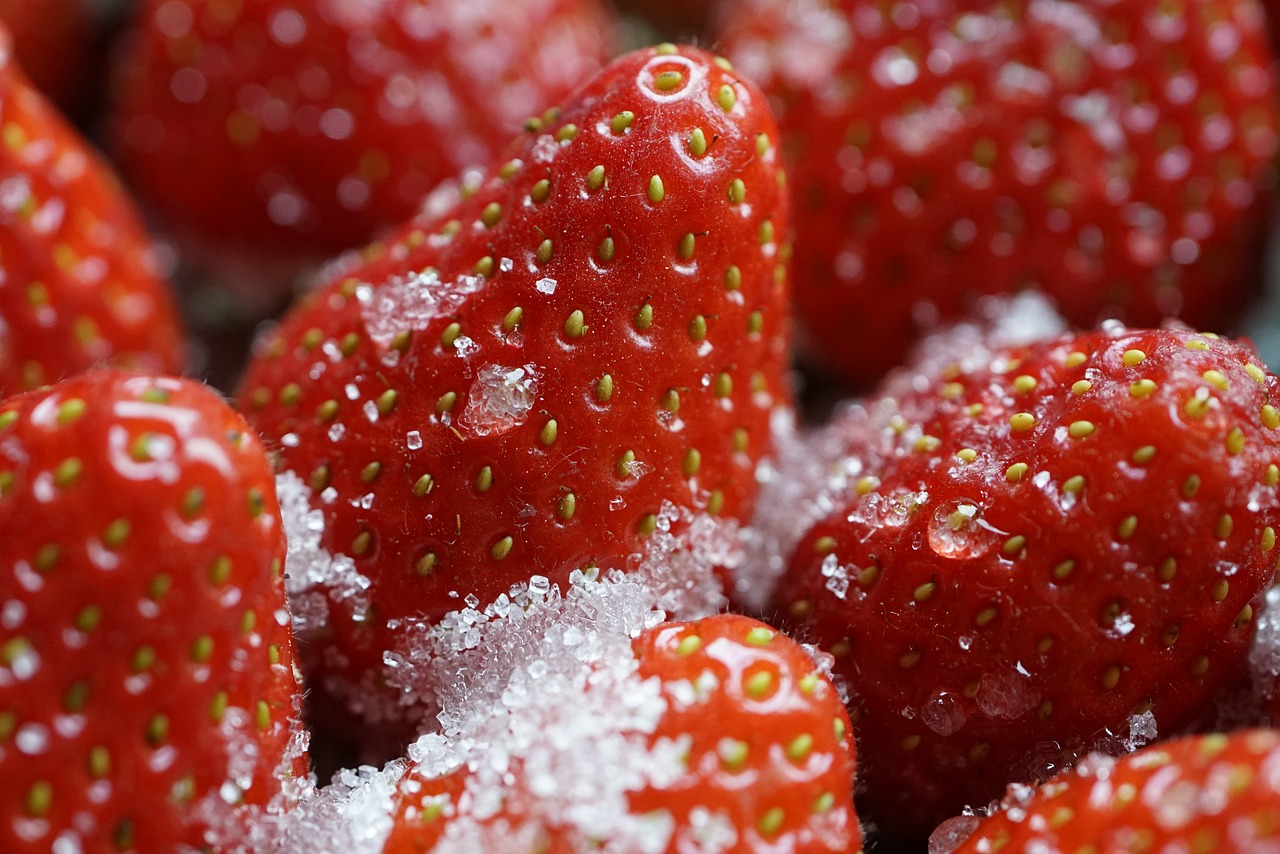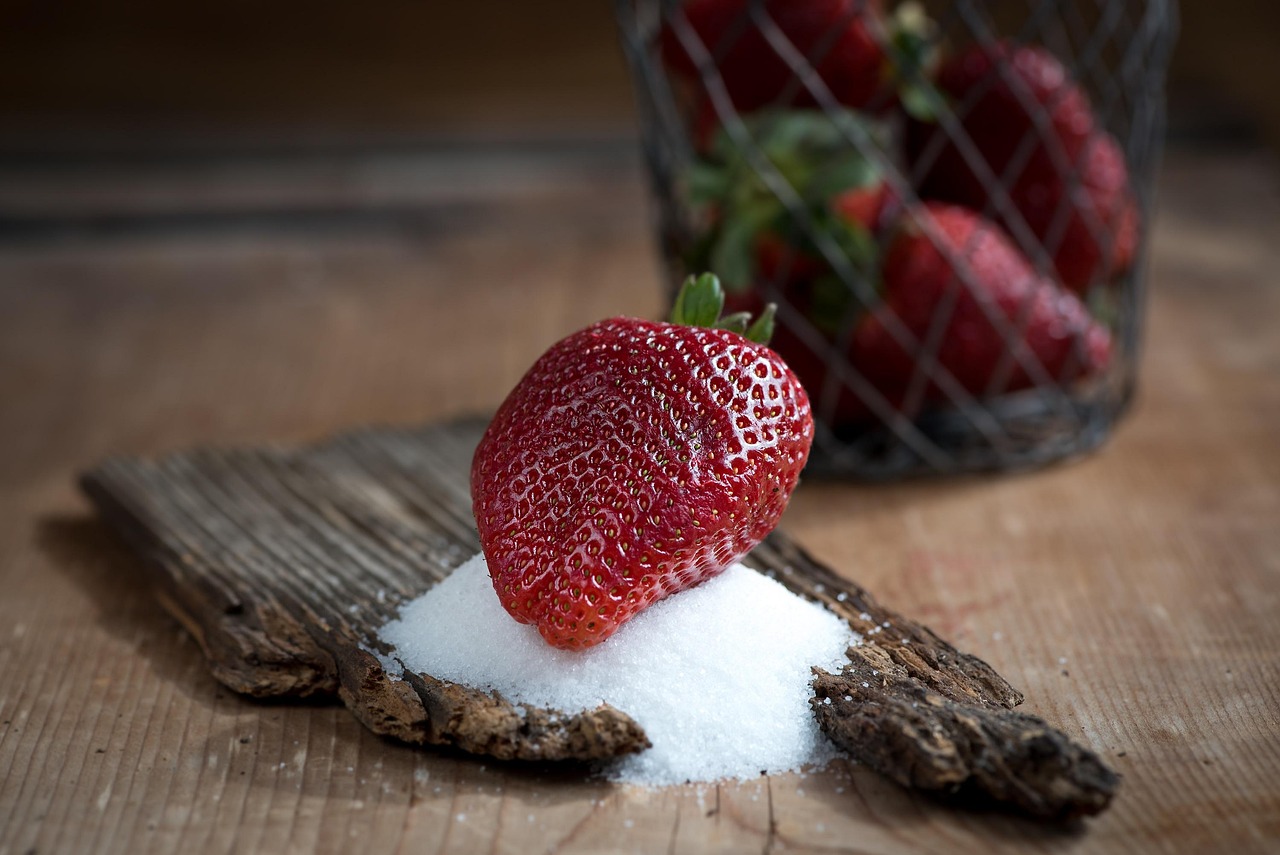The sugar maple (Acer saccharum) is indeed classified as a hardwood. This classification is due to its dense wood structure, which is characteristic of hardwood species.
Understanding the Sugar Maple

The sugar maple is a deciduous tree native to North America. It is best known for its vibrant fall foliage, which can display brilliant shades of yellow, orange, and red. In addition to its aesthetic appeal, the sugar maple is valued for its sap, which is used to produce maple syrup. The tree thrives in a variety of soil types, preferring well-drained, fertile soils.
In terms of size, sugar maples can reach heights of 60 to 75 feet and can grow up to 3 feet in diameter. This species is particularly important in regions like the northeastern United States and parts of Canada. Its wood is not only beautiful but also has many applications in furniture making, flooring, and cabinetry.
Characteristics of Hardwoods
To understand why sugar maples are classified as hardwoods, it’s essential to know the characteristics that define hardwood species. Generally, hardwoods come from deciduous trees that lose their leaves annually. They tend to have:
- Denser wood compared to softwoods
- Complex wood structures with a variety of growth rings
- Higher durability and resistance to wear
- Greater potential for intricate grain patterns
These features make hardwoods suitable for a range of applications, from construction to fine woodworking. The sugar maple exemplifies these traits well, contributing to its classification as a hardwood.
The Importance of Sugar Maple Wood
Sugar maple wood is highly prized for its strength and aesthetic qualities. It has a fine, consistent grain and a light color that can range from creamy white to light brown. This wood is often used in various products, including:
- Furniture
- Cabinetry
- Musical instruments
- Flooring
- Bowling pins
The versatility of sugar maple wood makes it a popular choice among craftsmen and builders alike. Its ability to hold finishes well adds to its desirability in high-quality woodworking projects.
Environmental Role of Sugar Maples
Beyond its economic benefits, the sugar maple plays a vital role in the ecosystem. It provides habitat and food for various wildlife species. The tree is also crucial for soil health and stability. Its extensive root system helps prevent soil erosion and promotes water retention.
Moreover, sugar maples contribute significantly to the aesthetics of landscapes, especially during the fall when they display their stunning colors. This seasonal transformation attracts many visitors to areas where these trees are abundant.
Threats to Sugar Maple Populations
Despite their resilience, sugar maples face several threats that can impact their populations. Climate change poses a significant risk as altered weather patterns affect their growth and sap production. Other threats include:
- Pests such as the Asian longhorned beetle
- Diseases like maple decline
- Urban development reducing natural habitats
Conservation efforts are necessary to ensure the longevity of sugar maple trees. Protecting these trees not only preserves the species but also maintains the ecological balance in forests where they thrive.
| Characteristic | Description |
|---|---|
| Height | 60 to 75 feet |
| Diameter | Up to 3 feet |
| Wood Type | Hardwood |
| Uses | Furniture, flooring, musical instruments |
Biology and Growth Habits of Sugar Maple
The sugar maple is not only notable for its wood and sap but also for its unique biological features and growth habits. Understanding these aspects provides insight into its ecological role and adaptability in various environments.
Leaf Structure and Photosynthesis
The leaves of the sugar maple are broad and have a distinctive shape, typically featuring five lobes. This leaf structure plays a crucial role in photosynthesis, allowing the tree to efficiently capture sunlight. The chlorophyll in the leaves converts sunlight into energy, which is essential for the growth and development of the tree.
During the fall, the chlorophyll breaks down, revealing other pigments that create the stunning autumn colors. The vibrant red, orange, and yellow hues are due to the presence of carotenoids and anthocyanins. This seasonal change not only attracts tourists but also signals the need for the tree to prepare for winter dormancy.
Growth Requirements
Sugar maples thrive in specific environmental conditions. They prefer:
- Well-drained, loamy soils
- Full sun to partial shade
- Moist, rich environments
- Temperate climates with cold winters
These trees typically grow at a moderate pace, reaching maturity in about 30 to 40 years. However, optimal growth can be influenced by local climate conditions and soil quality.
Reproductive Cycle
Sugar maples reproduce through both sexual and asexual means. Their flowers are small and appear in clusters during early spring before the leaves fully develop. The flowers are typically yellow-green and are pollinated by wind. Following pollination, the tree produces winged seeds known as samaras, which disperse in the wind, allowing for new growth in suitable locations.
Ecological Importance
The sugar maple plays a vital role in its ecosystem. It serves as a habitat for various wildlife species. Birds, squirrels, and insects rely on its leaves, seeds, and bark for nourishment. Additionally, the tree contributes to soil health through its leaf litter, which decomposes and enriches the ground.
The sugar maple is also significant in maintaining forest biodiversity. As a dominant species in many northeastern forests, it helps create microhabitats that support other flora and fauna. The tree’s ability to thrive in mixed woodlands further enhances its ecological value.
Pests and Diseases Affecting Sugar Maple
While sugar maples are generally robust trees, they are susceptible to certain pests and diseases that can threaten their health. Being aware of these issues is important for their management and conservation.
Common Pests
Several pests can affect sugar maple trees:
- Asian Longhorned Beetle: This invasive pest bores into the wood, causing significant damage.
- Maple Leafcutter: This insect removes sections of leaves, impacting photosynthesis.
- Scale Insects: These tiny pests suck sap from the tree, weakening it over time.
Diseases
Sugar maples can also be affected by various diseases:
- Maple Decline: A condition characterized by gradual deterioration due to environmental stressors.
- Canker Diseases: Fungal infections that create wounds on the bark.
- Root Rot: Caused by overly saturated soils that promote harmful fungi.
Monitoring for signs of pests and diseases is essential for maintaining healthy sugar maple populations. Early detection can lead to effective management strategies that help protect these valuable trees.
Cultural Significance of Sugar Maple
The sugar maple holds cultural importance in various regions. It is not only a source of economic benefit through syrup production but also serves as a symbol of natural beauty and resilience.
In North America, especially in Canada and the northeastern United States, the sugar maple is celebrated during maple syrup festivals each spring. These events attract visitors who enjoy tasting fresh syrup and learning about the tapping process. The tree is also recognized as a national symbol in Canada, where it appears on the national flag.

>Furthermore, sugar maples have inspired artists and writers alike. Their majestic presence in landscapes has been captured in paintings, poetry, and folklore, highlighting their significance beyond mere utility.
Uses of Sugar Maple in Various Industries
The sugar maple is not only valued for its ecological contributions but also plays a significant role in numerous industries. Its wood, sap, and even its aesthetic appeal are sought after, making it a vital resource for various applications.
Wood Products
The dense hardwood of the sugar maple is highly prized in the woodworking industry. Its strength and durability make it ideal for a wide range of products. Common uses include:
- Furniture: Sugar maple wood is used to create high-quality furniture pieces, including tables, chairs, and cabinets.
- Flooring: The wood’s hardness and resistance to wear make it an excellent choice for flooring materials.
- Musical Instruments: Many string instruments, such as violins and cellos, utilize sugar maple for its acoustic properties.
- Kitchenware: Bowls, cutting boards, and utensils are often made from sugar maple due to its food-safe qualities.
These products benefit from the wood’s fine grain and ability to take stains and finishes exceptionally well. The aesthetic appeal of sugar maple wood enhances the value of the finished products.
Maple Syrup Production
The sap of the sugar maple is a key ingredient in the production of maple syrup. Each spring, when temperatures rise above freezing during the day and drop at night, sap flows from the tree. This process is known as “tapping.” The sap is collected and then boiled down to produce syrup. The steps involved in this process include:
- Tapping: Holes are drilled into the tree to insert spouts that collect sap.
- Collection: Sap is gathered from the spouts into buckets or through tubing systems.
- Processing: The collected sap is boiled to remove excess water, concentrating the sugars and creating syrup.
This labor-intensive process results in a delicious product enjoyed by many. Beyond traditional uses, maple syrup has gained popularity as a natural sweetener in various culinary applications.
Environmental Applications
Sugar maples also play an important role in environmental conservation efforts. Their ability to adapt to diverse environments allows them to be used in reforestation and urban landscaping. Some notable aspects include:
- Carbon Sequestration: Like all trees, sugar maples absorb carbon dioxide, helping to mitigate climate change.
- Soil Preservation: The tree’s roots help stabilize soil and prevent erosion, particularly in hilly or sloped areas.
- Biodiversity Support: Sugar maples provide habitat and food for various wildlife species, contributing to ecosystem health.
Their presence in urban environments can enhance air quality and promote green spaces, showing that sugar maples are beneficial beyond their immediate economic value.
Cultivation and Care of Sugar Maple
Culti

vating sugar maples requires understanding their specific needs and preferences. Proper care ensures healthy growth and longevity in both natural and cultivated settings.
Planting Considerations
When planting sugar maples, several factors should be taken into account:
- Location: Choose a site with adequate sunlight and well-drained soil. Avoid areas prone to flooding or standing water.
- Spacing: Allow enough space between trees to promote airflow and reduce competition for nutrients.
- Soil Preparation: Amend soil as necessary to improve drainage and fertility, particularly in heavy clay soils.
Maintenance Practices
Ongoing maintenance is essential for healthy sugar maples. Key practices include:
- Watering: Ensure young trees receive sufficient water, especially during dry spells.
- Pruning: Regular pruning helps maintain structure and removes dead or diseased branches.
- Pest Management: Monitor for pests and diseases, applying appropriate treatments when necessary.
These practices will help cultivate robust sugar maple trees that can thrive for generations while contributing to both ecological health and economic benefits.
Economic Impact of Sugar Maple
The economic significance of sugar maple extends beyond wood products and syrup. This tree species plays a crucial role in local economies, particularly in regions where maple syrup production is a cultural tradition.
In the United States and Canada, the maple syrup industry generates millions of dollars annually. The process of tapping sugar maples for sap requires careful planning and labor, contributing to seasonal job opportunities. Additionally, the sale of syrup and related products supports local businesses, from small family farms to larger commercial operations.
Furthermore, sugar maple wood is integral to several industries, including furniture manufacturing, cabinetry, and flooring. The demand for high-quality maple wood helps sustain jobs in logging, milling, and manufacturing sectors. Its unique properties also allow for the creation of specialty items, such as musical instruments and artisan crafts, further boosting economic activity.
Climate Resilience and Adaptation
As climate change continues to impact ecosystems globally, understanding the resilience of sugar maples becomes increasingly important. These trees have adapted to various climatic conditions, but shifting weather patterns pose new challenges.
Sugar maples are generally sensitive to temperature fluctuations. Warmer winters can disrupt their dormancy periods, affecting sap flow and overall health. As temperatures rise, their range may shift northward, impacting ecosystems where they currently thrive.
To enhance their resilience, it is crucial to implement conservation strategies that focus on habitat preservation and sustainable management practices. This includes:
- Protecting existing forests: Ensuring healthy forests can mitigate the impacts of climate change on sugar maple populations.
- Promoting biodiversity: Supporting a variety of tree species can enhance ecosystem resilience and provide stability for sugar maples.
- Research and monitoring: Studying the responses of sugar maples to climate change will help inform management practices to support their survival.
Community Engagement and Education
Raisi

ng awareness about the importance of sugar maples is vital for their conservation and appreciation. Community engagement can foster a sense of stewardship among local populations, encouraging them to take an active role in preserving these trees.
Educational programs can highlight the ecological, cultural, and economic significance of sugar maples. Schools, community centers, and nature organizations can host workshops and events focused on:
- Maple syrup production techniques
- The role of sugar maples in local ecosystems
- Tree planting initiatives to promote sustainable forestry
By involving communities in these educational efforts, individuals can develop a deeper connection to their environment while advocating for the protection of sugar maples.
Conclusion
The sugar maple stands as a remarkable tree species classified as a hardwood, embodying both beauty and utility. Its stunning fall colors, valuable wood products, and the delicious maple syrup produced from its sap make it a cherished part of North American landscapes.
Understanding the biology, ecological importance, and economic impact of sugar maples highlights their multifaceted role in our world. As we face challenges like climate change and habitat loss, it becomes essential to safeguard this iconic tree species through sustainable practices and community engagement.
The cultural significance of the sugar maple adds another layer to its importance. Celebrated in festivals and artistic expressions, it symbolizes resilience and natural beauty. By fostering a deeper appreciation for sugar maples, we can ensure that future generations continue to benefit from their presence in our ecosystems.
Ultimately, the sugar maple remains an integral part of our heritage and environment. Protecting this tree species is not just about conserving a resource; it is about preserving a vital link to our natural world.
